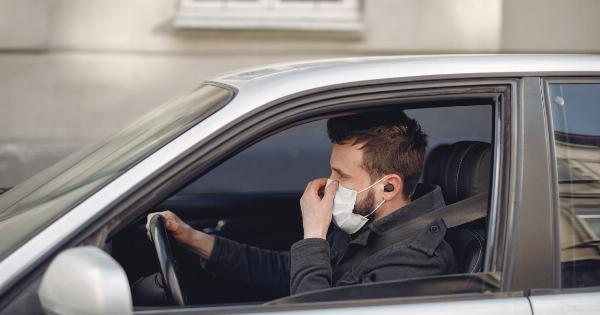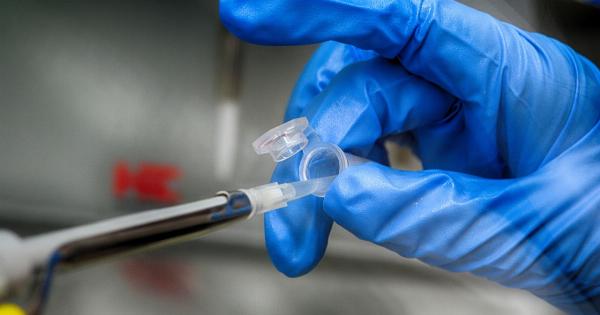Driving is a complex activity that requires coordination, concentration, and alertness. It involves a lot of decision-making, and every second counts.
The critical moment for drivers, both new and experienced, is 1.3 seconds – the time it takes for a driver to recognize a potential danger and react to it. This brief period can be the difference between life and death on the road.
What Happens in 1.3 Seconds?
When driving, you are constantly scanning the road ahead, checking your mirrors, and gathering information about your surroundings.
However, it only takes a split second for something unexpected to happen, such as a vehicle suddenly stopping in front of you or a pedestrian stepping onto the road.
The 1.3 seconds refers to the time it takes for a driver to recognize a potential hazard and respond to it. This moment is critical because it determines how quickly and effectively you can avoid a collision.
During this time, your brain is processing information and sending signals to your muscles to take action.
The Importance of Reaction Time for Drivers
Reaction time is a critical factor in safe driving. It is the time it takes for a driver to respond to a stimulus, such as a sudden braking, a red light, or a pedestrian crossing the road.
A fast reaction time is essential for avoiding accidents or minimizing their severity.
Reaction time varies from person to person and can be affected by several factors, including age, health, fatigue, and distractions. Older drivers generally have slower reaction times than younger drivers, making them more vulnerable to accidents.
However, reaction time can be improved through training and practice.
Factors That Affect Reaction Time
Several factors can affect a driver’s reaction time, including:.
- Age: As people age, their reaction time tends to slow down. Older drivers may take longer to recognize and respond to potential hazards on the road.
- Health: Physical and mental health conditions can affect a person’s reaction time. For example, a person with impaired vision or hearing may have difficulty detecting hazards on the road.
- Fatigue: Driving when tired can increase reaction time and impair judgment. Fatigued drivers are more likely to make mistakes or fall asleep at the wheel.
- Distractions: Anything that takes a driver’s attention away from the road, such as texting, listening to music, or talking on the phone, can affect reaction time and increase the risk of an accident.
How to Improve Reaction Time
There are several ways to improve your reaction time as a driver, including:.
- Practice: Regular practice can help you develop good driving habits, such as scanning the road ahead and anticipating potential hazards.
- Exercise: Physical exercise can help improve cognitive function, including reaction time.
- Cut distractions: Avoid distractions such as texting, eating, or using your phone while driving. Focus on the road ahead and keep your hands on the wheel.
- Get enough rest: Ensure you are well-rested before driving for an extended period. Take breaks if feeling tired or fatigued.
The Importance of Driver Training
Driver training is an essential tool for improving reaction time and reducing the risk of accidents. A well-trained driver is more likely to be alert, focused, and prepared to respond to potential hazards on the road.
Driver training can also help drivers develop good habits, such as scanning the road ahead and anticipating potential dangers.
Driver training programs typically cover a range of topics, including traffic laws, defensive driving techniques, and hazard perception skills. They may involve classroom instruction, practical training, and simulations.
The Role of Technology in Driver Safety
Technology has transformed many areas of our lives, and driver safety is no exception. Today, there are various technologies available that can help drivers stay safe on the road.
For example, advanced driver assistance systems (ADAS) can warn drivers of potential hazards, such as lane departure or collision with another vehicle.
These systems use sensors, cameras, and algorithms to detect and analyze the environment around the vehicle and provide alerts to the driver. ADAS can help improve reaction time by providing drivers with more information about their surroundings, allowing them to react more quickly and effectively to potential hazards.
Other technologies, such as in-car cameras and telematics systems, can also help improve driver safety by providing feedback on driving behavior and identifying areas for improvement.
Conclusion
The critical moment for drivers is 1.3 seconds – the time it takes for a driver to recognize a potential danger and react to it.
During this brief period, a driver’s reaction time can mean the difference between avoiding an accident or being involved in one. It is essential for drivers, both new and experienced, to understand the importance of reaction time and take steps to improve it through training, practice, and technology.




























